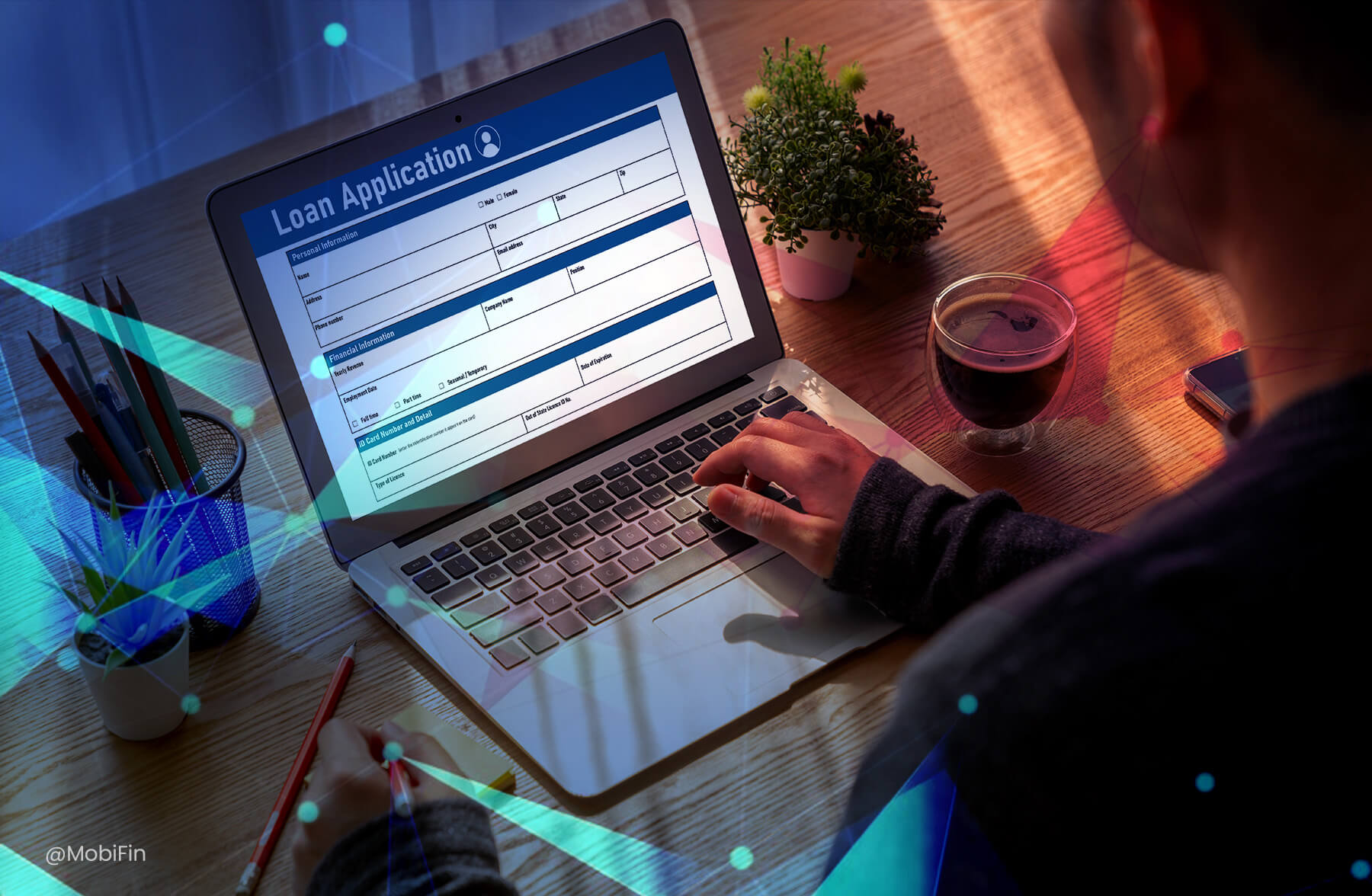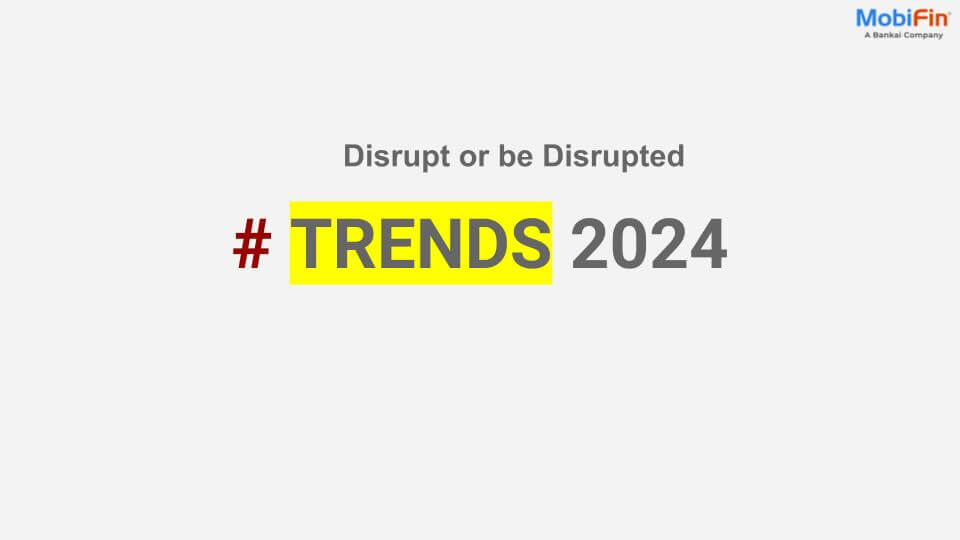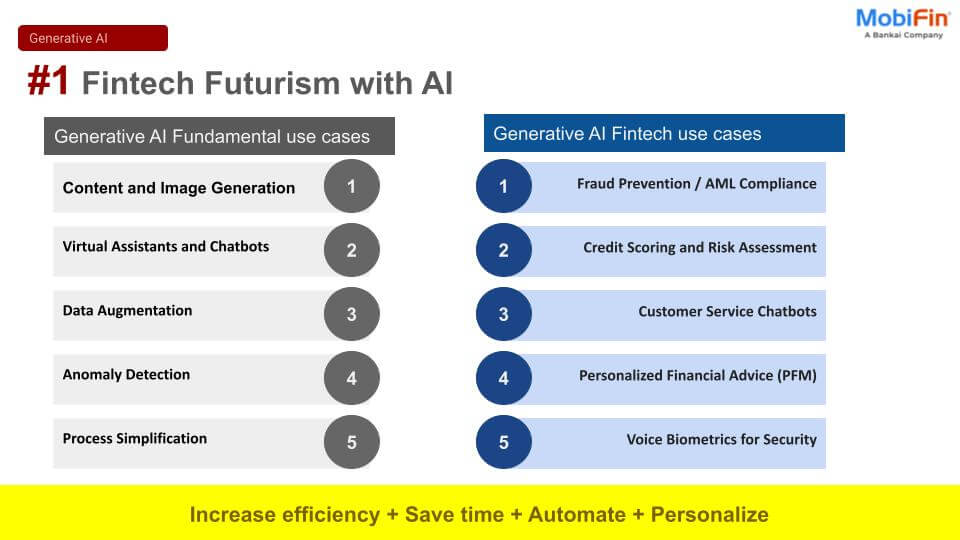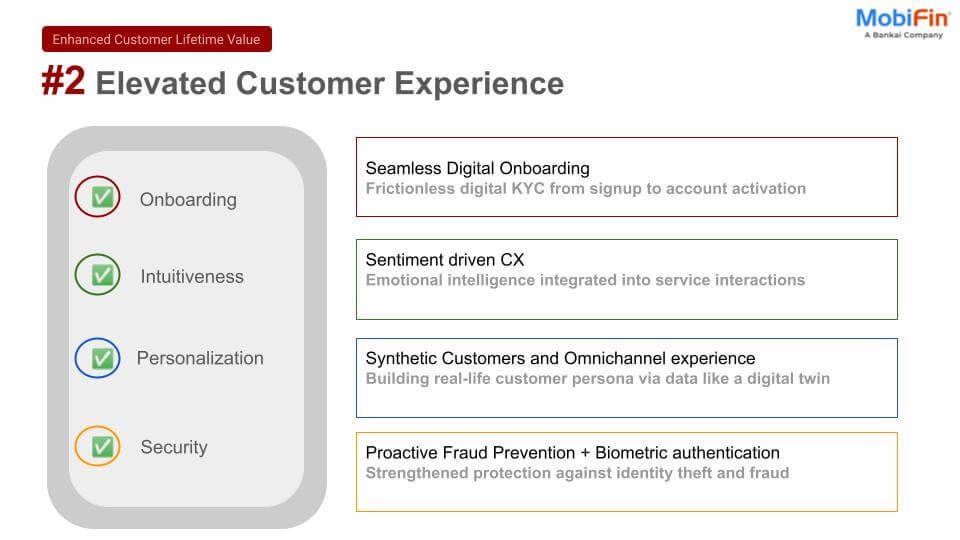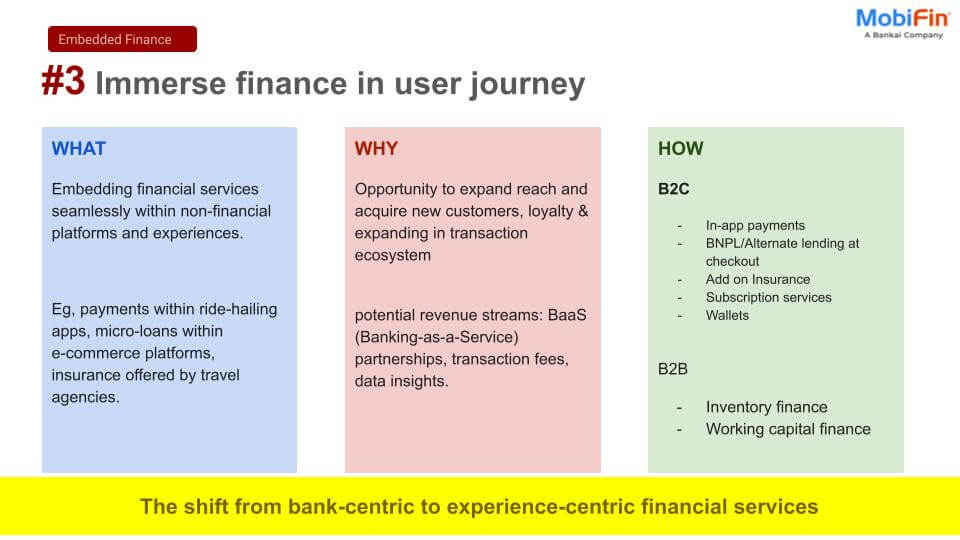But with a wide array of solutions available, how do you decide what features are truly essential? In this guide, we’ll walk through the top features to look for in a digital lending solution, following the natural lifecycle of a loan — beginning with Loan Origination and ending with Loan Management.
Loan Origination: The Starting Point of Every Great Lending Experience
A strong Loan Origination System (LOS) ensures that financial institutions can onboard customers efficiently, process applications quickly, and make smart lending decisions at scale. Here are the six must-have features that a modern LOS should offer:
1. Inquiry & Lead Management
A great digital lending solution begins even before the formal application — with capturing leads. An efficient LOS provides omnichannel lead management, allowing financial institutions to record inquiries from online platforms, in-branch visits, call centers, or partner channels.
A centralized dashboard enables tracking of every potential borrower interaction, supports priority-based lead routing, and gives loan officers full visibility into the sales funnel.
2. Digital Loan Application
The next step is enabling borrowers to apply online — without paperwork or physical visits. A robust system supports the onboarding of retail, SME, and corporate borrowers with customizable, user-friendly digital forms.
Whether it’s a car loan, a home loan, or a small business credit line, the application process should be adaptable for various lending products. The system must allow institutions to reduce data entry errors and accelerate onboarding timelines by digitizing and automating every step.
3. Document Management & eKYC Integration
To truly remove friction from loan origination, digital document management is key. Features like OCR (Optical Character Recognition) for scanning documents, auto-validation, e-signatures, facial recognition, and video KYC help reduce drop-offs and ensure compliance with local regulations.
These capabilities are vital in environments where customer identity and document validation must happen swiftly and securely.
4. Automated Underwriting with Decision Engine
Once documents are uploaded and identity is verified, the platform should hand over the baton to a powerful rule-based decision engine. This engine automates loan eligibility checks based on institution-defined parameters — such as credit score, employment type, monthly income, and more.
By enabling real-time credit evaluation, the platform reduces loan approval times from days to minutes. The system also ensures consistency in decisions, minimizing the risk of human error or subjective judgment.
5. Integration with Credit Bureaus and Core Banking Systems
To complete the origination process, a digital LOS must integrate effortlessly with third-party systems like credit bureaus, core banking platforms, and risk evaluation tools.
Such integrations ensure a seamless data flow between systems, eliminating the need for manual intervention and boosting processing efficiency.
6. Workflow Automation & Configurable Processes
Finally, a standout feature of modern loan origination software is its workflow automation engine. This allows institutions to define and update complex approval workflows — from application to disbursement — with minimal technical assistance.
The platform should offer a no-code or low-code interface, empowering business users to configure logic, routing, and escalations tailored to their internal processes.
Loan Management: Ensuring Efficiency, Compliance, and Customer Satisfaction
Once a loan is disbursed, the role of the Loan Management System (LMS) begins. A digital LMS handles repayment tracking, collections, restructuring, regulatory compliance, and everything in between.
Here are the seven essential features to look for in a high-performance LMS:
1. Disbursement Management
Post-approval, the system must enable real-time loan disbursal, providing borrowers with timely access to funds. The LMS should support flexible disbursement models — from single-tranche to multiple installments — and offer full transparency to the borrower on the disbursement status.
Integration with payment gateways or bank APIs ensures that funds are transferred seamlessly and securely.
2. Loan Servicing & Performance Monitoring
Managing a portfolio doesn’t end at disbursement. A well-designed Loan Management Software must provide complete visibility into each loan account, including schedules, balances, repayments, and outstanding dues.
The platform should offer real-time insights into repayment behavior, portfolio aging, and performance trends. With built-in analytics, institutions can quickly identify risky accounts and take timely action.
3. Collection & Recovery Tools
Missed EMIs and defaults are inevitable — but managing them shouldn’t be. A good digital lending solution automates payment reminders, supports multi-channel communication (SMS, email, WhatsApp), and provides tools for agents to track and collect dues efficiently.
It must also support bucket-based delinquency tracking, allowing financial institutions to categorize accounts based on DPD (Days Past Due) and apply tailored recovery strategies.
4. Risk and Collateral Management
Loans secured by collateral require careful tracking of asset value, ownership, and risk exposure. The LMS must support collateral tagging, valuation updates, and risk dashboards that give underwriters and risk officers a comprehensive view of their exposure.
Real-time alerts on volatile assets or deteriorating credit quality help institutions stay ahead of potential defaults.
5. NPA (Non‑Performing Asset) Management
A truly comprehensive Loan Management System Software should offer automated NPA identification, provisioning, and reporting. This includes:
- Auto DPD tracking to spot potential NPAs early
- IRAC (Income Recognition and Asset Classification) provisioning
- Workflows for account write-offs or restructuring
With compliance baked into the system, institutions can avoid regulatory penalties and streamline audits.
6. Loan Restructuring Capabilities
Economic shocks or borrower hardships often necessitate loan restructuring. The LMS should provide tools to easily adjust interest rates, EMI amounts, tenure, or repayment frequency — while maintaining audit trails and regulatory compliance.
This flexibility enables lenders to retain customers and recover more value over time.
7. Regulatory Compliance & General Ledger Integration
No lending platform is complete without robust regulatory reporting. The LMS must generate compliance reports, support audit logging, and integrate with the institution’s general ledger for real-time financial reporting.
It should also include features to track legal proceedings, manage lawsuits, and handle recovery litigation workflows.
Other Must-Have Capabilities Across the Lifecycle
In addition to origination and management, leading platforms bring several cross-cutting features that further strengthen digital lending operations:
Analytics & Dashboards
Real-time dashboards help business heads monitor key KPIs, spot bottlenecks, and make data-backed decisions across the lending lifecycle.
Support for Co-Lending & Multi-Product Workflows
A versatile lending management platform should handle diverse lending models — including co-lending, BNPL, gold loans, microloans, and rural agent networks.
Cloud-Ready, Scalable Infrastructure
Cloud-native deployment ensures flexibility, cost-efficiency, and faster go-live. Look for platforms that support secure cloud infrastructure, multi-tenant environments, and scalable architecture.
API-First Ecosystem Integration
With open APIs and microservices, the platform should easily connect with CRMs, payment systems, fraud detection tools, and customer apps.
Robust Security & Audit Trails
PCI-SSF certification, blockchain-based audit logs, role-based access, and immutable transaction histories are critical in building a secure lending environment.
The Future of Lending is End-to-End and Intelligent
To sum up, a successful digital lending transformation hinges on the integration of smart origination and agile loan management. Whether you’re aiming to scale retail lending, enter new segments, or offer BNPL at scale — your platform must be feature-rich, flexible, and future-proof.
By choosing a solution such as the MobiFin LOMS that offers comprehensive LOS and LMS features — like those we’ve covered — financial institutions can unlock operational efficiencies, reduce credit risk, and deliver unmatched borrower experiences.
Book a demo with us to understand how we can employ MobiFin’s innovative LOMS technology and enhance digital lending operations.









